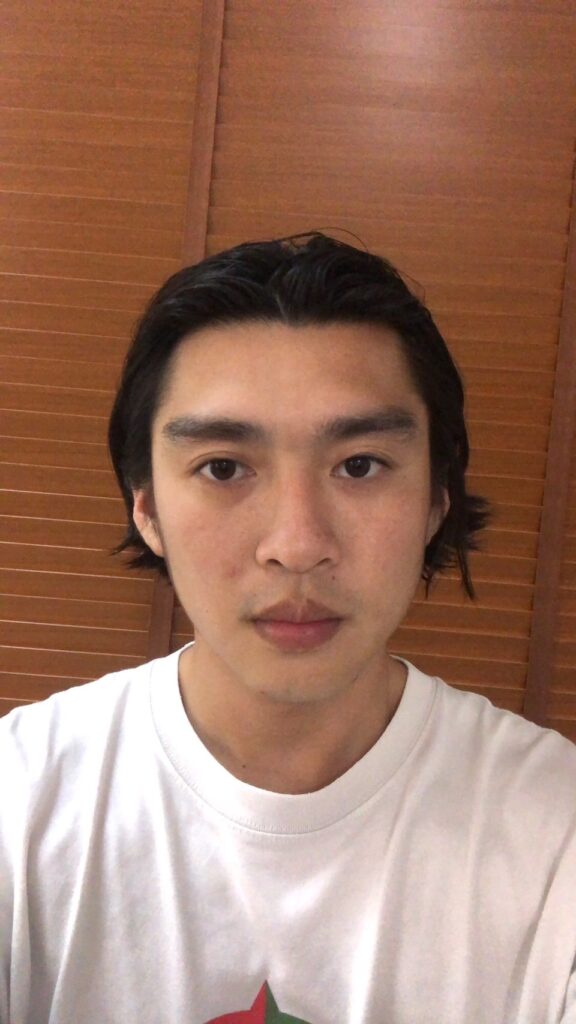WAREHOUSE TRACKSは、世界の様々な人々とワクワクするものを生み出す状況や環境を築くことを目標に掲げています。
これは、そんなコミュニティの輪を作り、広げ、何かを始めてみたい人たちに、実際にそれを始めるきっかけやモチベーションを共有することを目的とした連載です。
第二回目のゲストは岩間 卓さん(フォトグラファー/喫茶店オーナー)です。
At WAREHOUSE TRACKS, we seek to foster an environment where individuals from diverse backgrounds across the globe can come together to create something truly exciting.
This series of articles is aimed to inspire and expand this community, offering both motivation and the opportunity for those wanting to start something of their own to take the first step.
Our second guest is Taku Iwama (photographer/owner of Sunday Morning Coffee Shop).
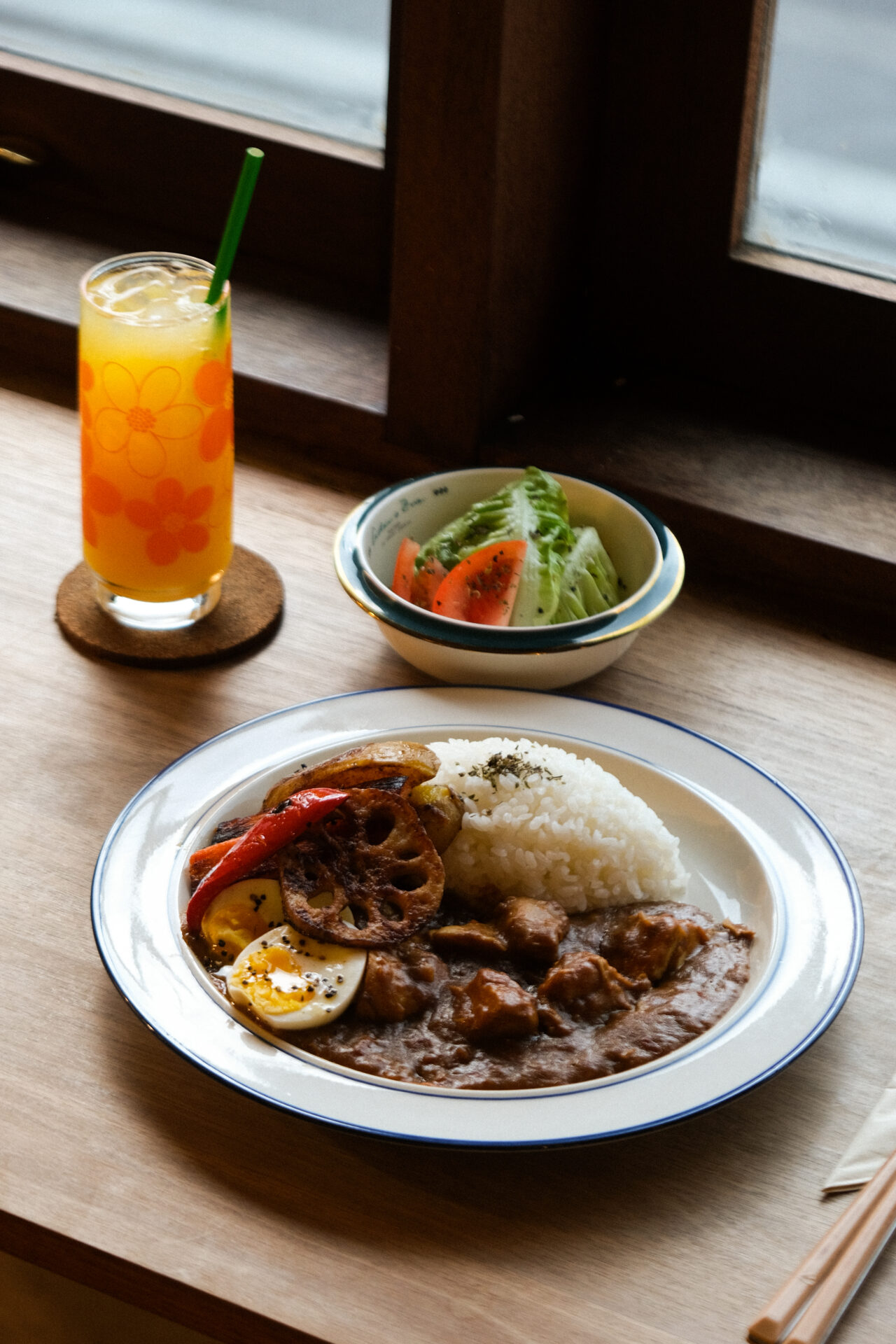
“自分の好きで生きたい”
そんなアイデアを持つことになったきっかけは、三歳のときに、福島でホテルを経営していた父と別居することになったことだったように思う。
その当時、母の生まれ故郷であるマレーシアのジョホールバルに戻って生活を送っていた僕たち家族が父と会えたのは一年にたったの数回だけだった。そんな僕たちを不憫に思った父は、マレーシアに戻ってくるたびに、日本のおもちゃやお菓子をたくさん買ってきてくれて、毎年の正月には、祖母の住む栃木県真岡市に僕たちを招いてくれた。
都会の喧騒から離れた、田園風景が広がる真岡市は、都会暮らしに慣れた人たちにとっては田舎のように感じる場所かもしれない。でもマレーシアで暮らしていた僕にとって、真岡市での生活は新鮮な体験の連続だった。四季を感じさせる美しい街並み、新鮮な食べ物、だけど何より衝撃だったのは、真岡市で一緒に生活を送った、父方の親戚たちの生き方だった。
“I want to live doing what I love.”
That desire first took root when I was three years old, separated from my father, who was running a hotel in Fukushima, Japan.
At the time, our family was living in Johor Bahru, Malaysia. I only saw my father a few times a year. Whenever he came back to visit, especially around the New Year holidays, he brought us an abundance of Japanese toys and sweets, perhaps out of guilt, or simply love. During those holidays, he would often take us to my grandmother’s house in Moka City, Tochigi Prefecture.
To someone used to city life, Moka City might seem like a quiet, rural town. But for me, having grown up in Malaysia, it was full of wonder. The changing seasons, fresh produce, and peaceful scenery were all new to me. But what left the deepest impression wasn’t the landscape. It was the time I spent with my father’s side of the family.
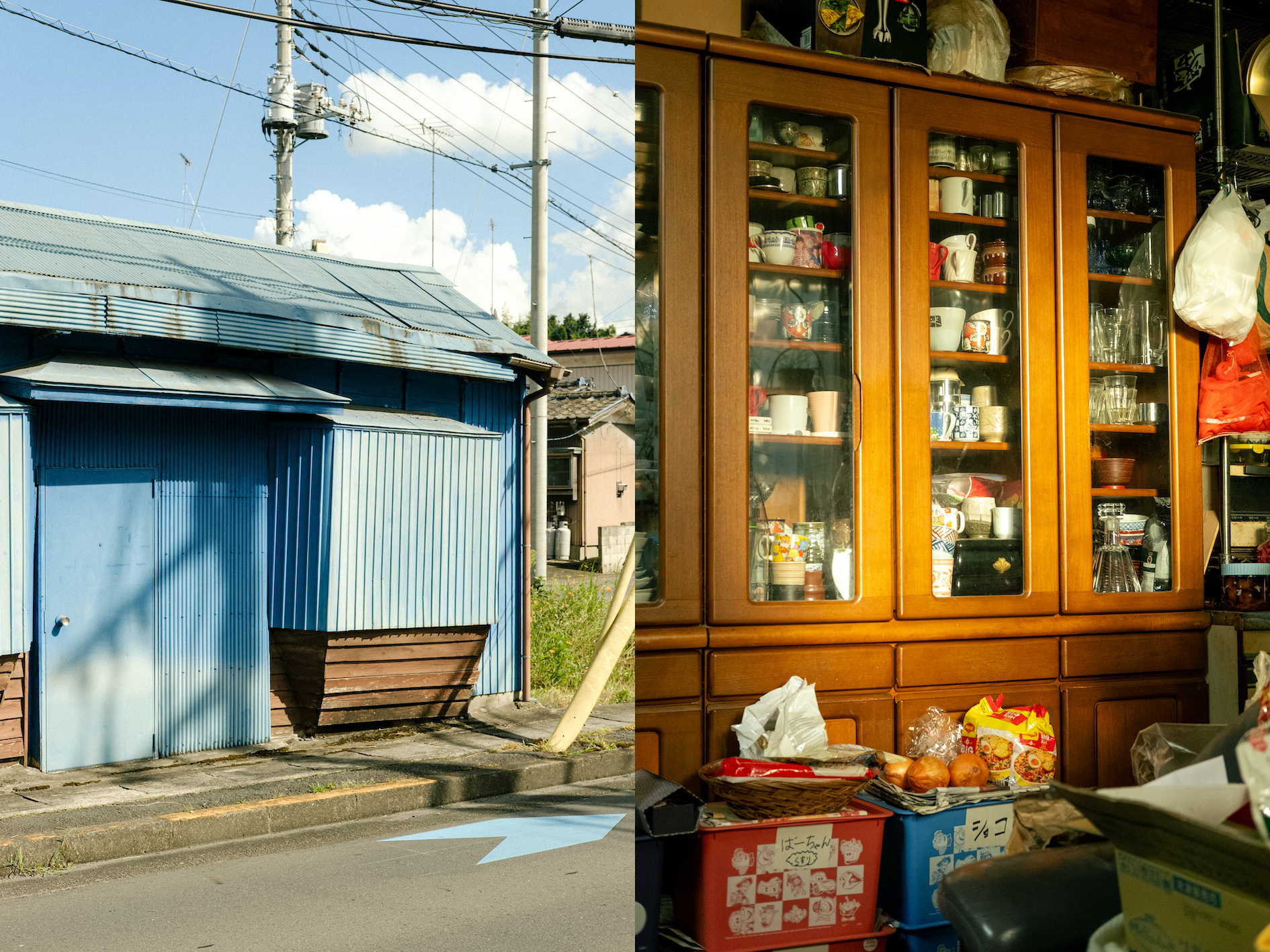
マレーシアからやってきた僕たちが住まわせてもらったのは、祖母と叔母が経営するセレクトショップのお店の上階だった。部屋のなかにはこれから売られるであろう、アメリカで買い付けたストリートウェアや古着が部屋中に散乱していて、それはマレーシアでは見かけることのない代物と光景だった。
経営していた中古車販売のお店を閉め、東南アジアの旅から帰国した叔父は喫茶店を開業したばかりで、温かみのある内装と、叔父自らが作る美味しい軽食やコーヒーでお店は賑わっていた。
社会が宗教に強く依存している理由から、マレーシアの人たちは真面目で、一般的な成功の基準は大学進学や良い企業への就職とされる。だからこそ、真岡市に暮らす親戚たちの、好きなことで生きる姿をそのとき間近で見れたことは、僕の価値観と人生を揺るがす大きな出来事だった。
あるとき、運転中の叔父が車をぶつけてバンパーが壊れてしまった時があった。壊れたバンパーを見ながら、僕は修理に出さないと厳しいだろうと思い込んでいた。すると、叔父は平然とそれをテープで修復し始めた。しかも白い車のバンパーなのに黒いテープを使って…!
バンパーが壊れたら修理に出すことだけが正解じゃなくて、テープで直してみることが想像できたら実際にやってみる。自分に何かアイデアがあればそれをやってみてもいいとすること自体が、とても自由でクリエイティブなことで、彼らと彼らの生き方から、そんなかっこよさを学んだ気がする。
毎年のお正月、真岡市で過ごす時間のなか、親戚が見せてくれた生き方のおかげで、マレーシアで育った僕の考え方は少しずつ広がって、気づくとそれは、僕にとっての新しい「普通」となっていた。
My grandmother and aunt ran a small select shop, and our family stayed on the floor above it during our visits. The rooms were filled with secondhand clothes imported from the U.S. and bold, urban streetwear—things I had never seen in Malaysia.
My uncle had recently closed down a used car dealership and, after traveling through Southeast Asia, returned to open a cozy coffee shop. The place quickly filled with customers, drawn in by its warm, handmade atmosphere and the delicious coffee and snacks he prepared himself.
My relatives in Moka City were full of creativity and a DIY spirit. They seemed to live life on their own terms. I remember one day, my uncle bumped his car and broke the bumper. I expected he’d take it to a repair shop. Instead, he casually taped it back together—using black tape on a white car, no less. It was shocking, and yet strangely impressive.
In Malaysia, social norms are shaped by religion and tradition. There’s a seriousness to life: success is often measured by university degrees and stable jobs with good companies. So the way my relatives in Moka City lived—their flexibility, their disregard for conventional paths—was eye-opening. To them, a broken bumper didn’t require a mechanic; it just needed some tape and a bit of imagination.
That mindset—the idea that there’s more than one “correct” way to do things—was both freeing and deeply creative to me. Spending time with my relatives in Moka City every New Year began to shift my thinking. Slowly, those once-surprising values became part of my own. What once seemed strange became a new kind of “normal”.
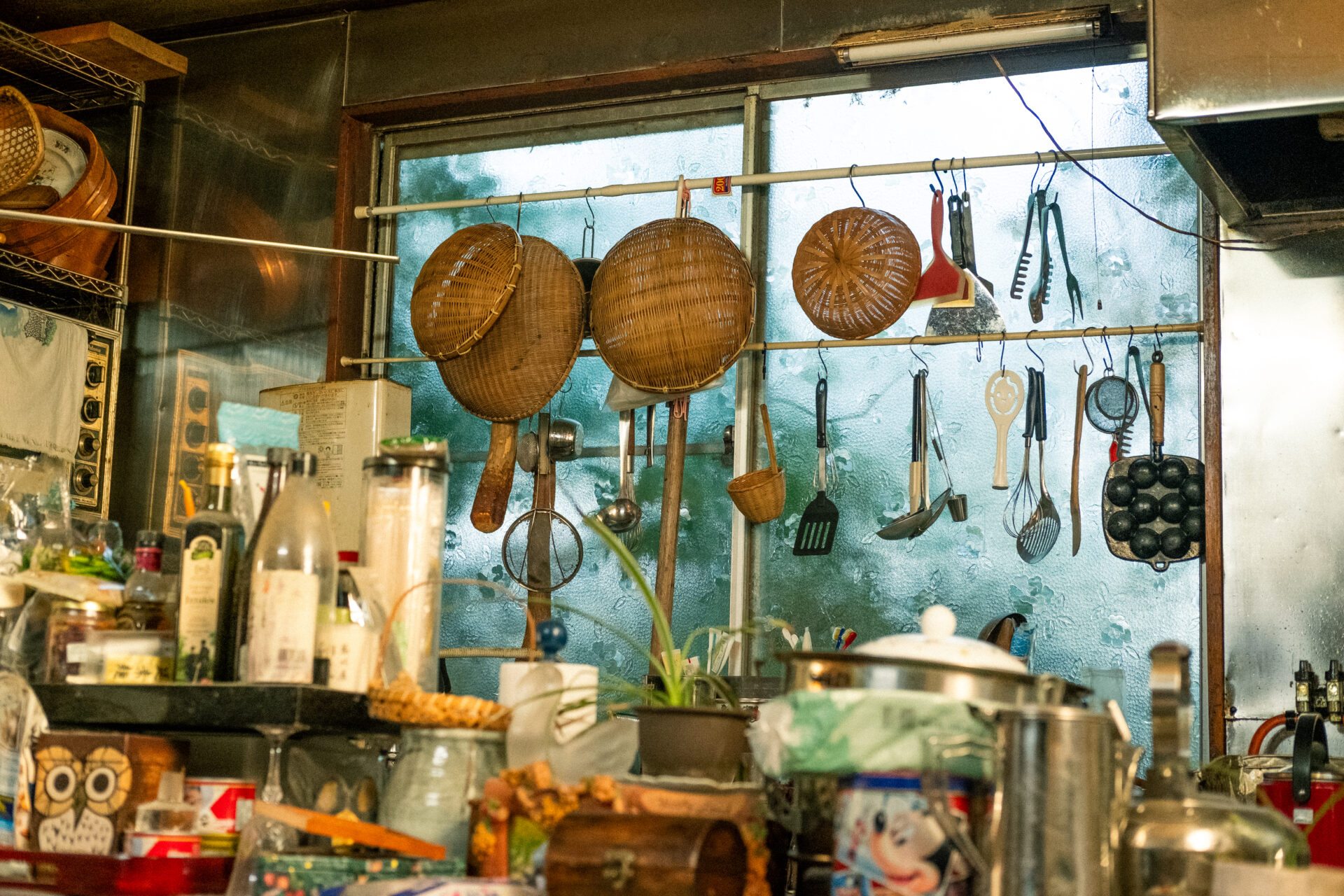
そうした考え方の変化は、小さい頃から好きだったサーフィンの捉え方にも影響を与えてくれた。マレーシアの保守的な思想や宗教には依存しない、自由で個性的な視点からサーフィンに立ち返ると、カルチャーという側面が徐々に見えてきた。
これまで気づくことのなかった、サーフィンにまつわるサブカルチャーを見つめるうちに、サーファーやフォトグラファーといった、サーフィンに紐づく人々やその背景に関心が広がって、同じ頃に見つけた、サーファーたちが波に乗っていない瞬間を捉えた、サーファーの素顔をドキュメントした写真集との出会いによって、少しずつクリエイティブなことをやってみたいと思うようになっていった。
Growing up by the sea in Johor Bahru, and inspired by the anime Rocket Power, I’ve loved surfing since I was a kid. But my relationship with surfing deepened when I began to see it not just as a sport, but as something creative and free—something that could exist beyond the conservative, religious framework I grew up in.
As I got more involved in surf culture, I became interested not just in the act of surfing, but in the people and stories behind it—especially the photographers and artists documenting the lifestyle. Around that time, I came across a documentary photo book that captured surfers not on the waves, but in quieter, in-between moments. That book made me want to do something more creative, something that went beyond the surf itself.
Alex Knost(アレックス・ノスト)を知ったことも大きな出来事だっただろう。サーファーであるにも関わらず、インスタレーションを行い、Tomorrows Tulips(トゥモローズ・チューリップス)としてバンド活動もする、彼と彼のクルーの表現に引き込まれたことで、サーフィン・カルチャーに留まっていた興味関心は、ミュージック・カルチャー、アート・カルチャーへと膨張していった。
Then I discovered Alex Knost and his crew, surfers who also created art installations and performed music as TOMORROWS TULIPS. Their way of living and expressing themselves drew me in. Through them, I realized that surf culture could be a bridge, not just to music, but to art, and to a broader, freer way of living and creating.
写真を始めたいと思い立ったのは大学生のころ。何から始めていいかも分からず、カメラさえ持っていなかった、その当時の僕に手を差し伸べてくれたのは、またしても真岡市の人たちだった。
その年、ふたたび真岡市を訪れた際に、カメラを持っていた叔母に相談すると、彼女はすぐにHARD OFFへ連れて行ってくれて、そこで見つけた300円のジャンクカメラを購入。そのあと、写真の基本を教えてくれた叔母の友人との出会いもあって、写真への情熱は瞬く間に育まれていった。
真岡市に滞在しているあいだ、興味のあるものを撮影して現像に出した。撮影ごとにリワインドを繰り返したせいで、全ての写真は半分に切れてしまったけど、それでも、マレーシアとは異なる日本の鮮やかな青空が現物の写真となって現れたことに本当に感動した。
I was in college when I decided to try my hand at photography. I didn’t own a camera, and I had no idea where to start. Once again, it was my relatives in Moka who helped guide me.
During a visit to Moka City that year, I turned to my aunt, who had a camera. Without hesitation, she took me to a secondhand shop called Hard Off, where I bought a “junk” camera for just 300 yen. Later, she introduced me to a friend who patiently taught me the basics of photography. From that moment, my passion began to take shape.
My first subjects were close to home: the streets of Moka and the everyday lives of my relatives. I remember how, not knowing how to properly load film, I kept rewinding it after each shot. When I finally developed the photos, most of them were cut in half. Still, I was moved. The blue skies of Japan looked so different from those in Malaysia, and the soft, pastel tones unique to film gave everything a quiet beauty.
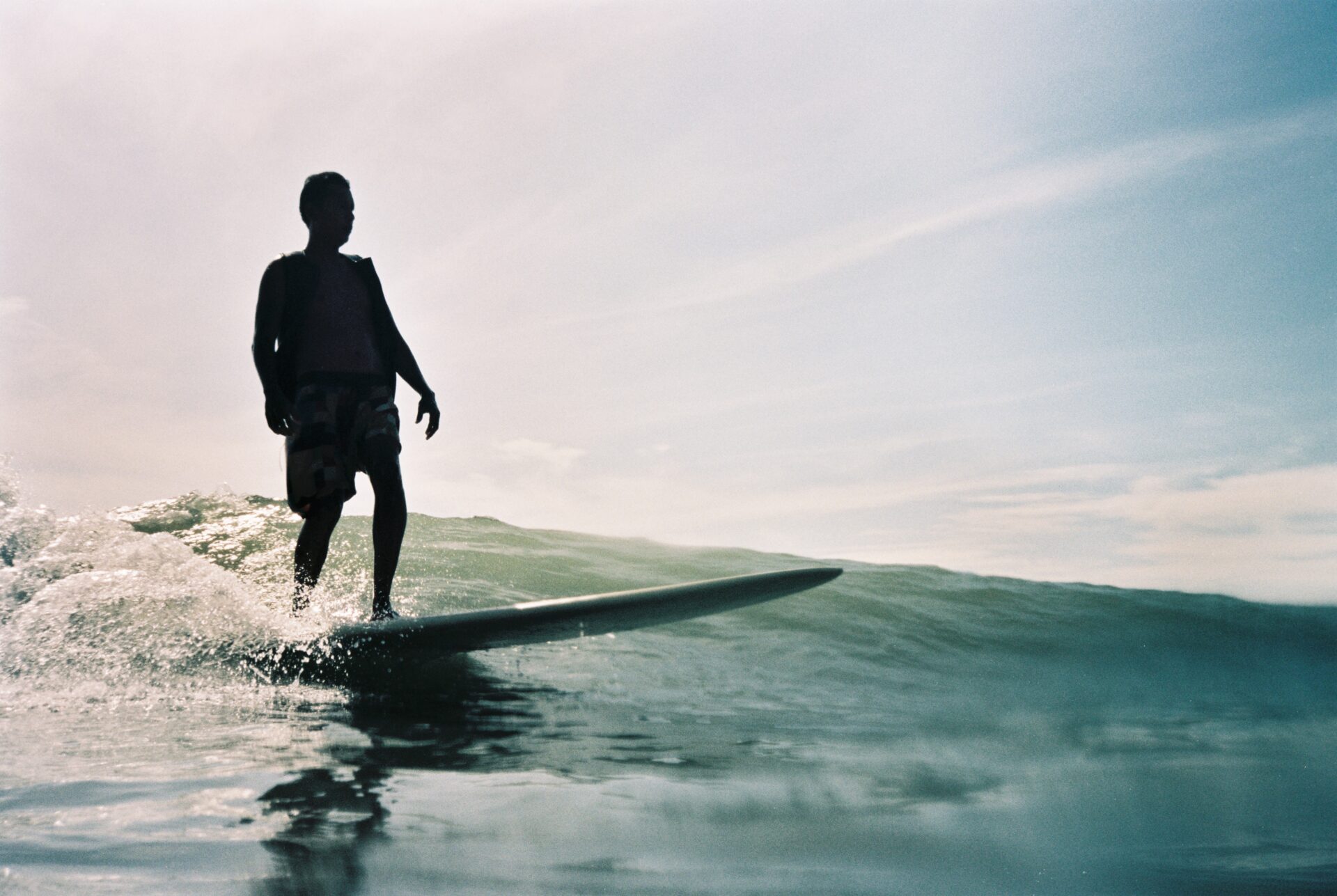
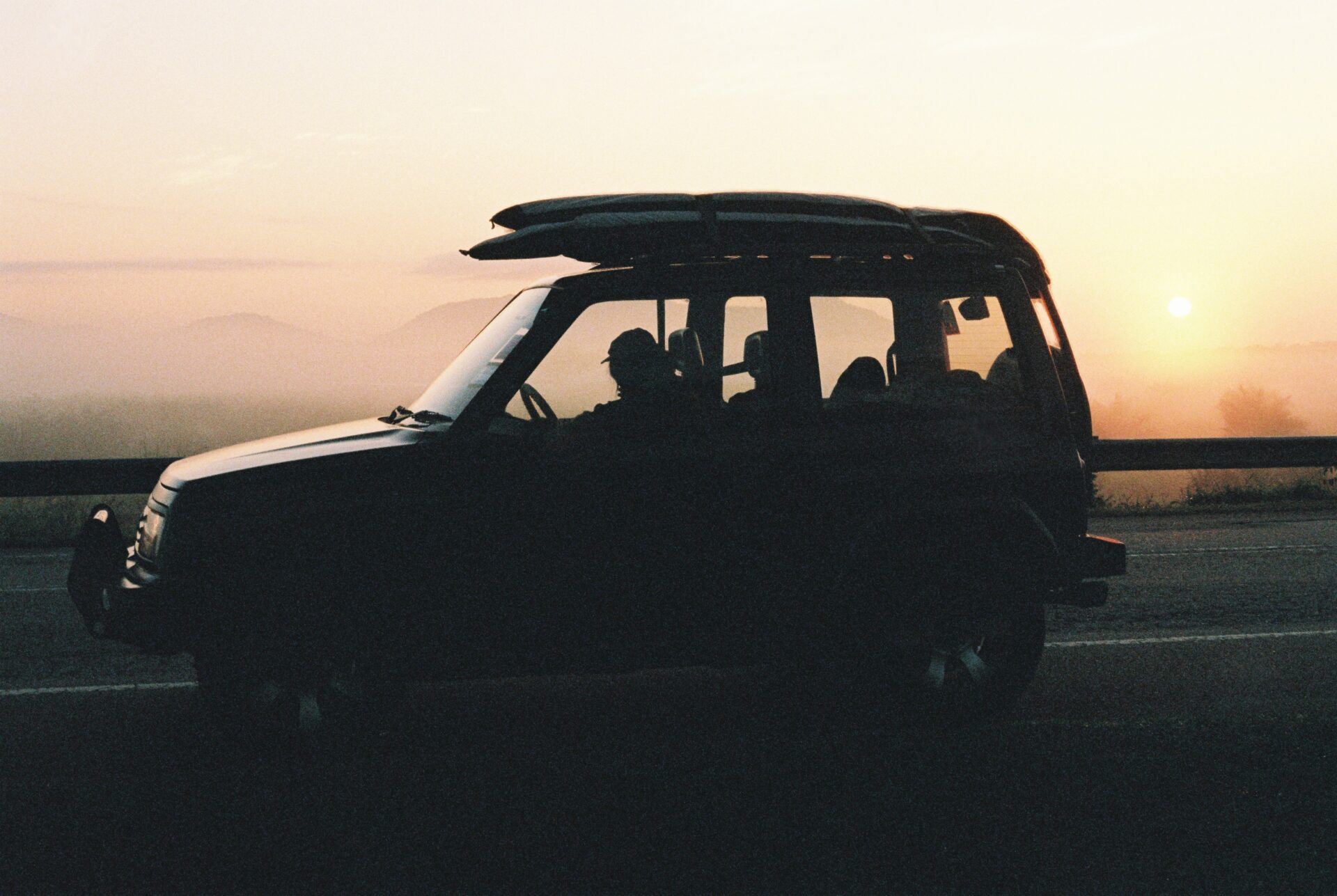
その後、Ed Templeton(エド・テンプルトン)やSandy Kim(サンディー・キム)などのお気に入りのフォトグラファーが、どんなカメラでどんなテクニックを使っているかを写真サイトで調べながら、試行錯誤のなかで撮影を繰り返した。写真を始めた頃は、サーフィンの写真ばかりを撮っていたけど、同じ時期にスケートボードを始めたことで、次第に海から街を舞台にした撮影へと進んでいった。
After that, I kept shooting, learning about techniques and the cameras used by photographers like Ed Templeton and Sandy Kim through photography websites and forums. After returning to Malaysia, I focused mainly on surf photography. But around the same time, I started skateboarding, and gradually, my lens moved from the ocean to the city streets. Moving from Johor Bahru to Kuala Lumpur also widened the range of subjects I wanted to capture.
マレーシアの友人たちが安定した生活を求め就職活動をするなか、僕は本格的に写真を通じて生計を立てたいと考え始めるようになっていた。さまざまな選択肢から将来を見つめた結果、マレーシアを離れ、東京で生活を送りながら、写真の仕事を探そうと決めた。マレーシアではフィルムが廃れていることから、フィルム・カメラだけでなく、写真のラボを見つけることさえ難しかったから。それに自分の半分がルーツの日本で写真の仕事ができたら面白いだろうと考えたことも、東京での挑戦を決心する大きな理由となった。
While my friends were searching for stable jobs and planning out secure futures, I dreamed of earning a living through photography. After weighing my options, I decided to leave Malaysia and move to Tokyo, hoping to build a photography career there. Film photography was becoming rare in Malaysia—it was hard not only to find film cameras but also labs to develop the films. Plus, Japan, being part of my heritage, felt like a natural and exciting place to pursue my dream.
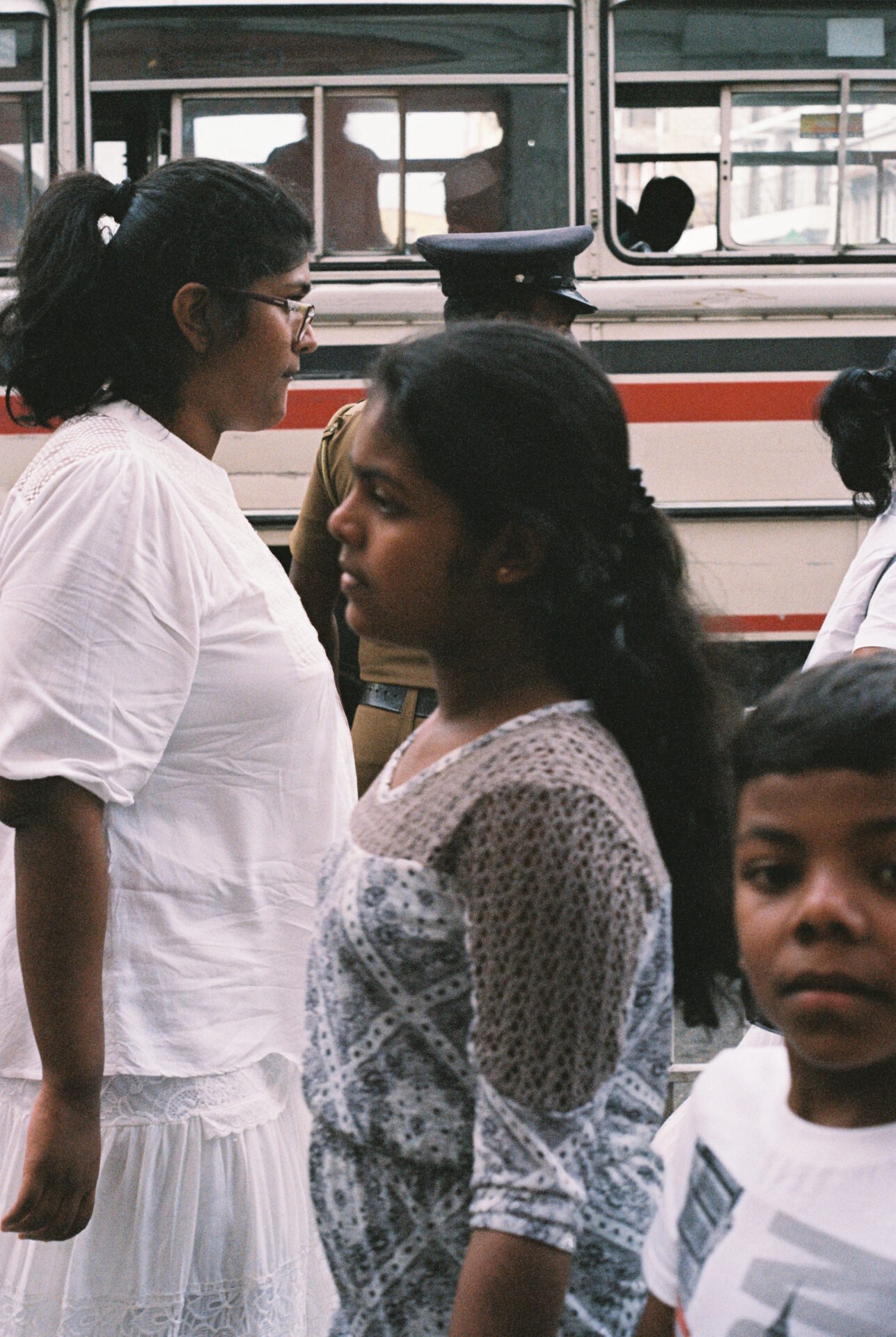
だけど、東京で暮らし始めた僕はたこ焼き屋でアルバイトをしていた。見つかる写真の求人は結婚式の撮影ばかりで、日本語が不得意だったことから、それを相談できる友達もなかなか出来なかった。
夜の七時から深夜の三時まで働いて、朝になると東京の街に繰り出し、ポートフォリオになるようなドキュメント写真を撮り続けた。だけど、日本の社会やカルチャーを知るたびに、ここで作家として活動していくことが困難だと気づかされ、好きなことで生きることと生活のバランスを取る難しさを思い知らされた。
But reality hit hard when I arrived in Tokyo. I found myself working part-time at a takoyaki restaurant, and the only photography gigs I could land were at weddings. My Japanese wasn’t strong enough to easily make friends or network.
I worked from 7 p.m. to 3 a.m., and in the mornings, I wandered the streets of Tokyo, taking documentary photos to build my portfolio. But the deeper I got into Japanese society, the more I realized how tough it would be to make a living as an artist there. It was a difficult time, trying to find a balance between doing what I loved and making a life.
それでも腐ってたまるかと、自分の興味に少しでも引っかかる写真の仕事を探し続け、ファッションがその一つかもしれないと考え始めると、すぐ、街ゆくお洒落な人に声をかけ撮影するストリート・スナップをはじめた。それで、撮り溜めたポートフォリオをまとめて、何社ものブランドにメールを送り続けた結果、マレーシアのファッションブランドと仕事をすることになった。
その後、そのブランドと継続的に仕事をするようになっただけでなく、彼らの紹介のおかげで、少しずつ東南アジアを中心に写真の仕事は増えていった。そんな経緯もあって、そのあと、僕は拠点を東京からインドネシアに移すことにした。でも、すべては日本でのプロセスがあったから。人間としても成長できたし、日本に暮らしたことで出来た友人もたくさんいる。だから難しかった部分もたくさんあったけど、その全部に感謝してる。
While searching for a path that excited me, I started to think that maybe fashion photography could be one of them. Without knowing exactly what I was getting into, I began taking street snaps of stylish people around the city. I put together a portfolio and sent emails to countless brands. When one of them finally responded with a job offer, I was overjoyed.
That first gig led to steady work with a Malaysian brand. Thanks to their introductions, my photography opportunities grew across several countries, mostly around Southeast Asia. Eventually, I moved my base to Indonesia. But none of it would have happened without the challenges and growth I experienced in Japan. I made friends, I grew as a person, and for all of it, I’m deeply grateful.
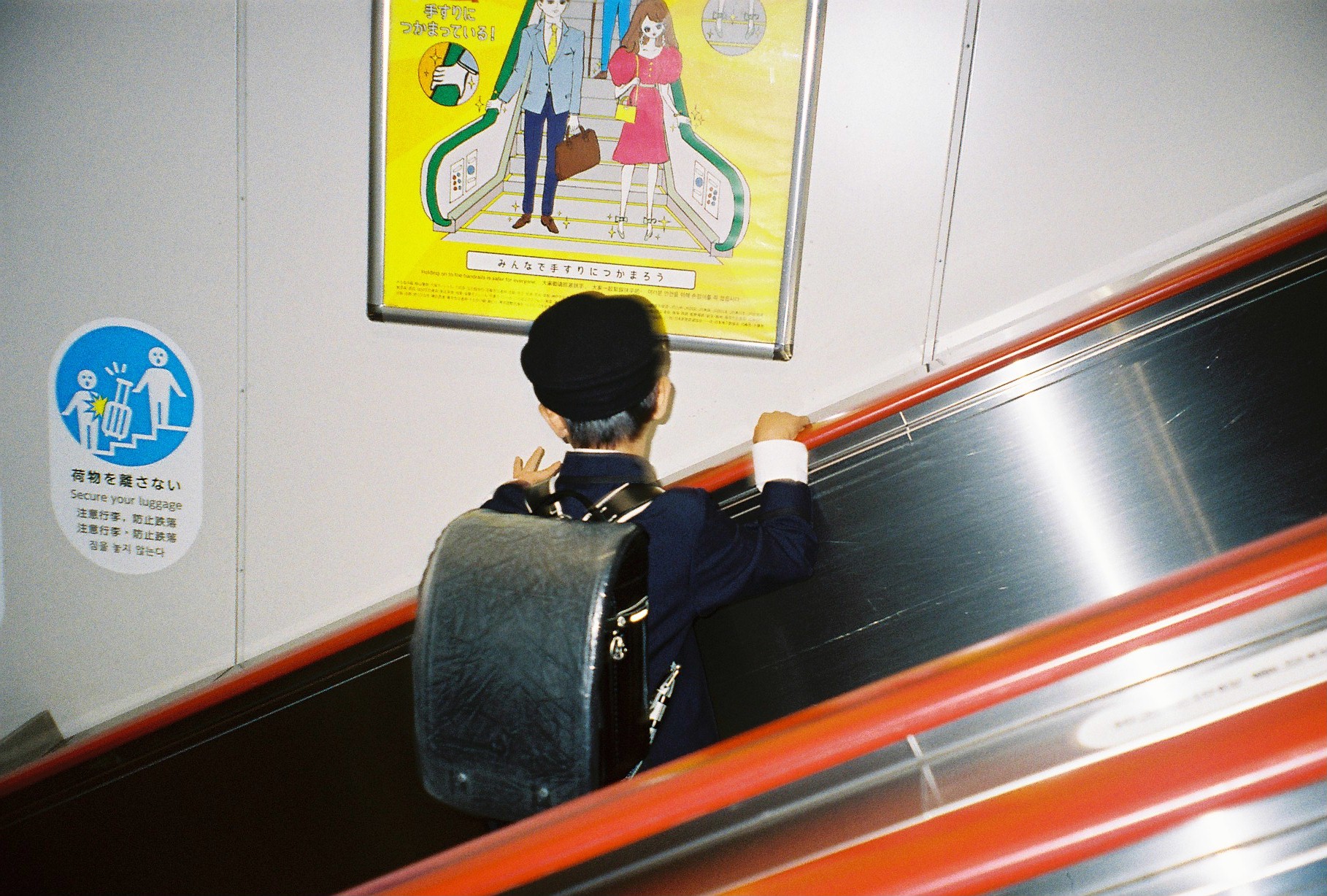
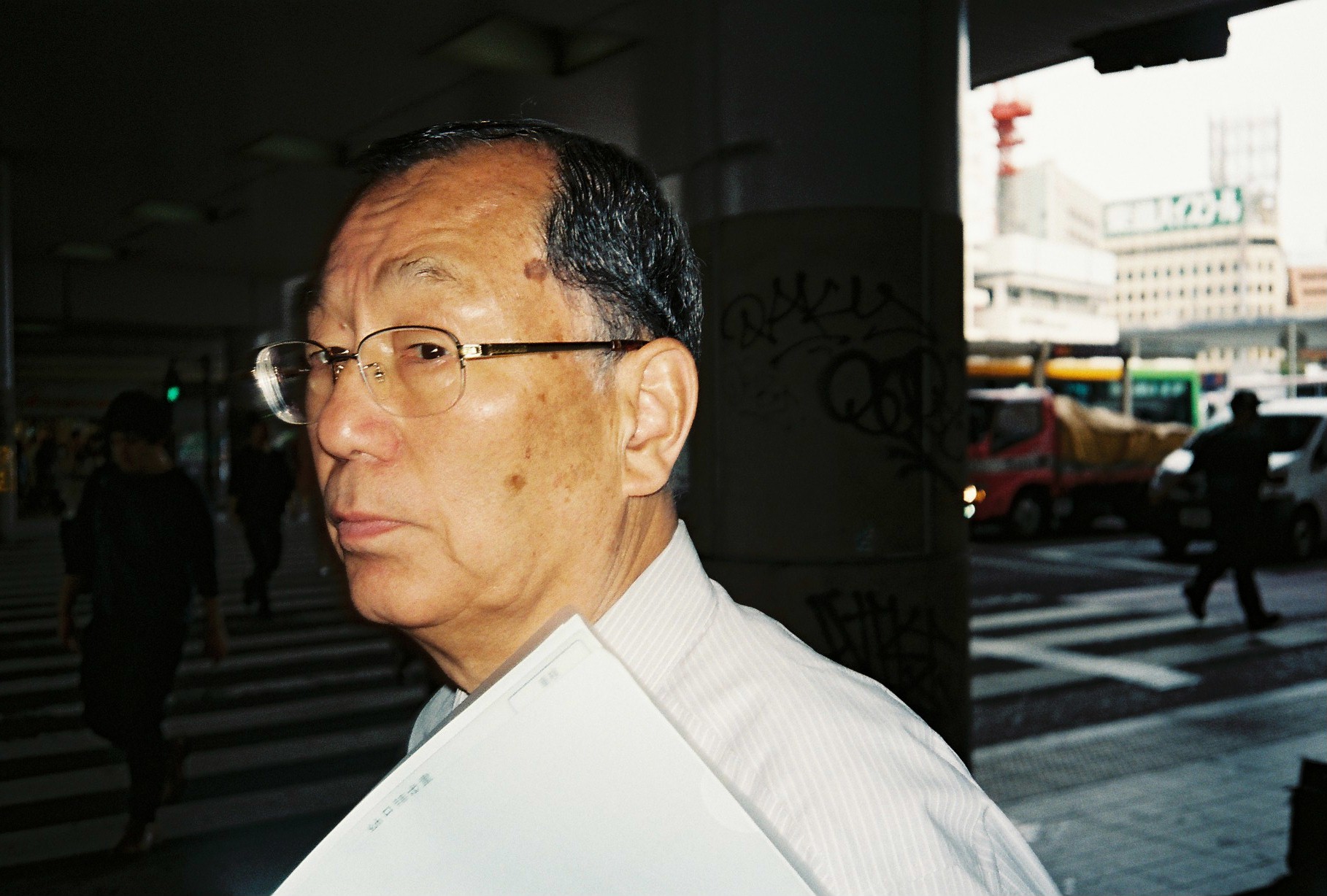
インドネシアからマレーシアに戻ったあと、写真のスタジオを立ち上げたいと思い、すぐにジョホールバルの空いている物件を押さえた。でも、世界中に広がるコロナの影響で撮影の仕事は激減。そのスタジオは活用されず空っぽのままになってしまった。それでロックダウンのあと、心が折れかけたりもしたけど、このままじゃダメだって、ある時からスタジオを有効活用する方法を模索し始めた。そして、やがてそれは、珈琲屋を始めたいというアイデアに変わっていった。すぐに大先輩の叔父に相談した。叔父はいつものように親身になって話を聞いてくれて、そのあと日本からコーヒー豆を送ってくれたりもした。
After returning to Malaysia from Indonesia, I decided to open a photography studio and quickly secured a property in Johor Bahru. But just as I was about to begin, the pandemic hit, and photography jobs dried up almost overnight. The studio sat empty. I was heartbroken for days.
At some point, though, I began searching for a new way to use the space. That’s when the idea of opening a coffee shop came to me. I consulted my uncle who runs the coffee shop in Moka City. As always, he listened kindly, and later, he sent me coffee beans from Japan to encourage me.
その期間、好きなことを実践して生きる真岡市の親戚たちのことをいっぱい思い出した。そしたら僕も色んなことを自分でやりたいと思いはじめて、お店のリノベーションだけにとどまらず、気付いたらテーブルや椅子まで自分で作ってた。でもビジネスのプランニングは自分だけでは上手くいかず、すぐに収支がマイナスになっちゃったから業者を紹介してもらって、彼らから経営のノウハウを学んだ。
そうして、なんとかお店はオープン。いまは従業員を雇い、シフトやレシピ、従業員の支払いもぜんぶ自分で管理できるようになった。
Looking back, I realize that the idea had been planted years ago. As a small child, I was fascinated by the cozy warmth of my uncle’s coffee shop—the smell of the beans he roasted himself, the slow, easy conversations that filled the space. It was my relatives in Moka City who taught me to follow what I loved, without worrying too much about what the future might bring.
Inspired by their DIY spirit, I began building Sunday Morning from scratch. I gathered used plates and cups, renovated the shop myself, and even built the tables and chairs to keep costs low. But I didn’t know how to run a business. I bought ingredients and coffee beans at the supermarket, and before long, I realized the café wasn’t even breaking even.
Thankfully, a friend introduced me to a supplier and taught me the basics of management. That marked a turning point. Today, I hire employees, manage shifts, handle payments, and create recipes myself.
Sunday Morningには、僕がこれまで歩んできた経験や好みがたくさん詰め込まれている。いまも旅館を経営する父に教えて貰った家庭的な日本のカレーと、いまも喫茶店を営む叔父に教わったダークロースト・コーヒーはこの店を代表するメニューになっている。それだけじゃなく、このお店では写真の現像と、フィルム、カメラ、写真集を購入することだって出来る。
現時点では、お客さんの多くが飲食のためにこのお店を訪れるけど、僕が真岡市でカルチャーに触れ、自分の世界が広がっていったように、この場所がマレーシアの誰かにとって、カルチャーに触れることができる、新しいコミュニティ・スペースとなることを願ってる。
All Photos by Taku Iwama
There are many Japanese-style restaurants in Malaysia, but most are designed around marketing, not real experience. Sunday Morning is different. It’s filled with my life—my memories and tastes. Our signature home-style curry is a recipe I learned from my father, who still runs a hotel. Our dark roast coffee is stronger and more affordable than anywhere else in town, thanks to what I learned from my uncle. And, staying true to my roots, Sunday Morning also offers film development services, along with cameras and photo books for sale.
Right now, many customers come mainly for the food and coffee, since the culture of film photography hasn’t yet taken root in Johor Bahru. But one day, I hope Sunday Morning will grow into a community space—a place where someone might stumble upon a camera, a photo book, a new idea—and have their world expand, just like mine did all those years ago in Moka City.
All Photos by Taku Iwama

